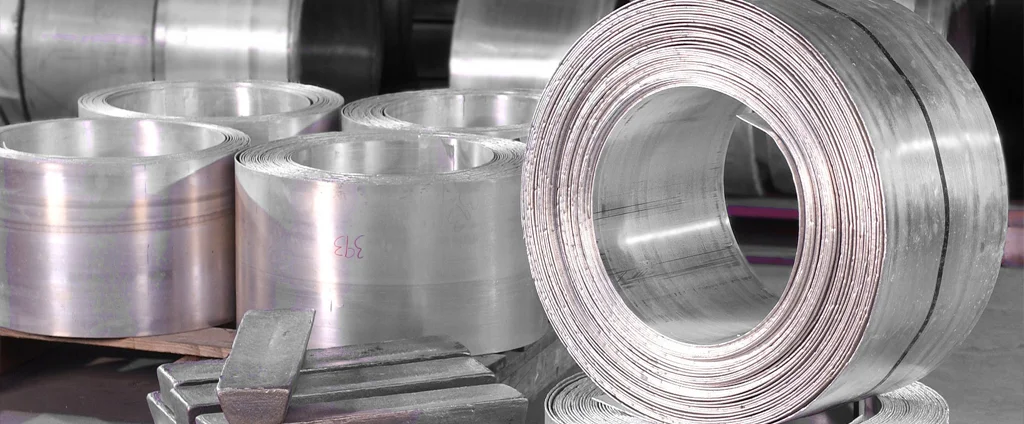Magnesium AZ63-T1 (UNS M11630)

Magnesium AZ63-T1 is a cast magnesium alloy known for its excellent strength-to-weight ratio, corrosion resistance, and good machinability. These properties make it suitable for demanding lightweight applications in aerospace, automotive, consumer electronics, and other engineering fields.
| Chemical Composition | ||
|---|---|---|
| Element | Min | Max |
| Magnesium | —— | Remainder |
| Aluminum | —— | 6.0% |
| Silicon | —— | 0.3% |
The following table provides a list of magnesium AZ63-T1 properties in both SI and US customary/Imperial units.
Click on the button to switch between Metric and Imperial units.
| Physical Properties | Metric |
|---|---|
| Density | 1830 kg/m3 |
| Mechanical Properties | Metric |
| Tensile Strength (Ultimate) | 200 MPa |
| Tensile Strength (Yield) | 97 MPa |
| Elongation at Break | 6% |
| Brinell Hardness | 50 |
| Thermal Properties | Metric |
| Melting Point | 455 - 610 °C |
| Solidus | 455 °C |
| Liquidus | 610 °C |
| Thermal Conductivity | 77 W/m·K |
| Specific Heat Capacity (Cp) | 1050 J/kg·K |
| Coefficient of Thermal Expansion (αL) | 26.1 1/°C |
| Electrical Properties | Metric |
| Electrical Resistivity | 1.15×10-5 Ω·cm |
The values in this table are approximate and can vary depending on various factors such as the specific manufacturing process and heat treatment applied to the alloy.
Advantages & Disadvantages of Magnesium AZ63-T1
| Advantages | Disadvantages |
|---|---|
| Low density and high strength-to-weight ratio | Flammability and fire hazard |
| Good machinability and formability | Corrosion susceptibility without proper coatings |
| Excellent damping capacity | Relatively high cost compared to other metals |
| Good heat dissipation | Limited availability of certain shapes and sizes |
| Recyclable and environmentally friendly | Requires specialized equipment for processing |
Applications of Magnesium AZ63-T1
Magnesium AZ63-T1 alloy is used in various applications where lightweight, high-strength materials are required. Key applications include:
- Automotive Components: Used in the automotive industry for parts such as engine blocks, transmission cases, intake manifolds, steering columns, and various structural components.
- Aerospace Industry: Finds applications in the aerospace sector for components like aircraft structures, interior panels, landing gear, and helicopter rotor hubs.
- Consumer Electronics: Used in consumer electronic devices such as laptops, tablets, and smartphones.
- Sporting Goods: Utilized in the production of sporting goods, including bicycles, golf club heads, and tennis racquets.
- Power Tools and Equipment: Employed in the manufacturing of power tools and equipment such as drills, saws, and garden tools.
- Medical Devices: Utilized in the medical industry for various applications, including surgical instruments, orthopedic implants, and medical equipment housings.
